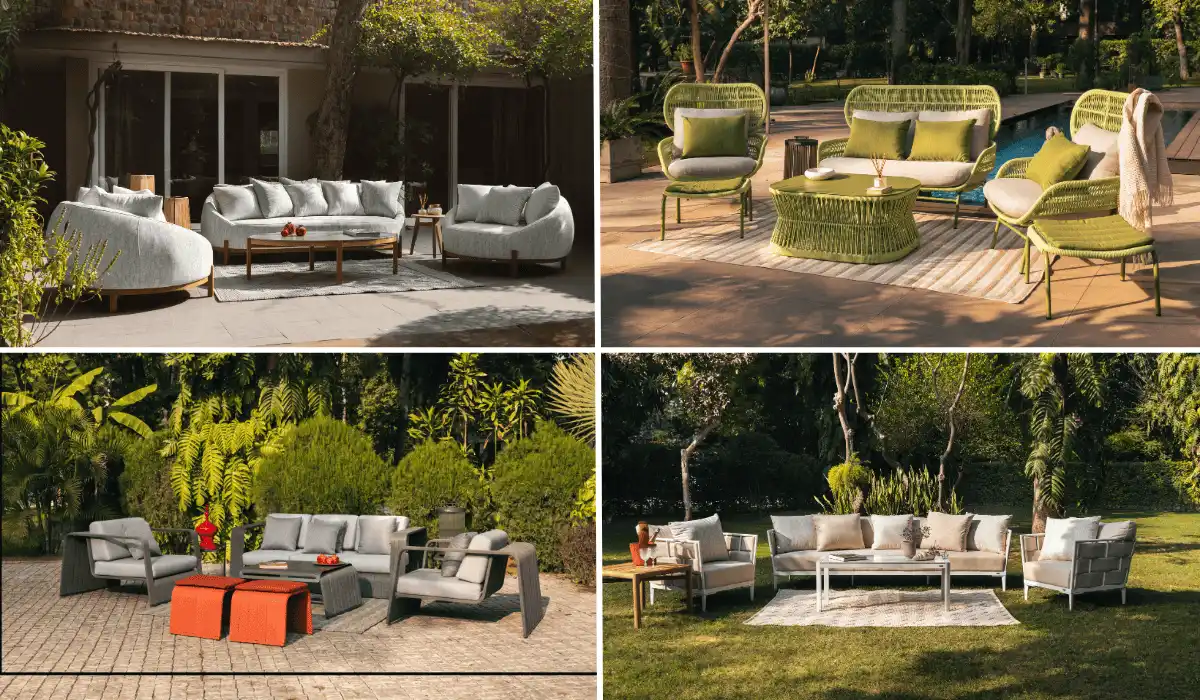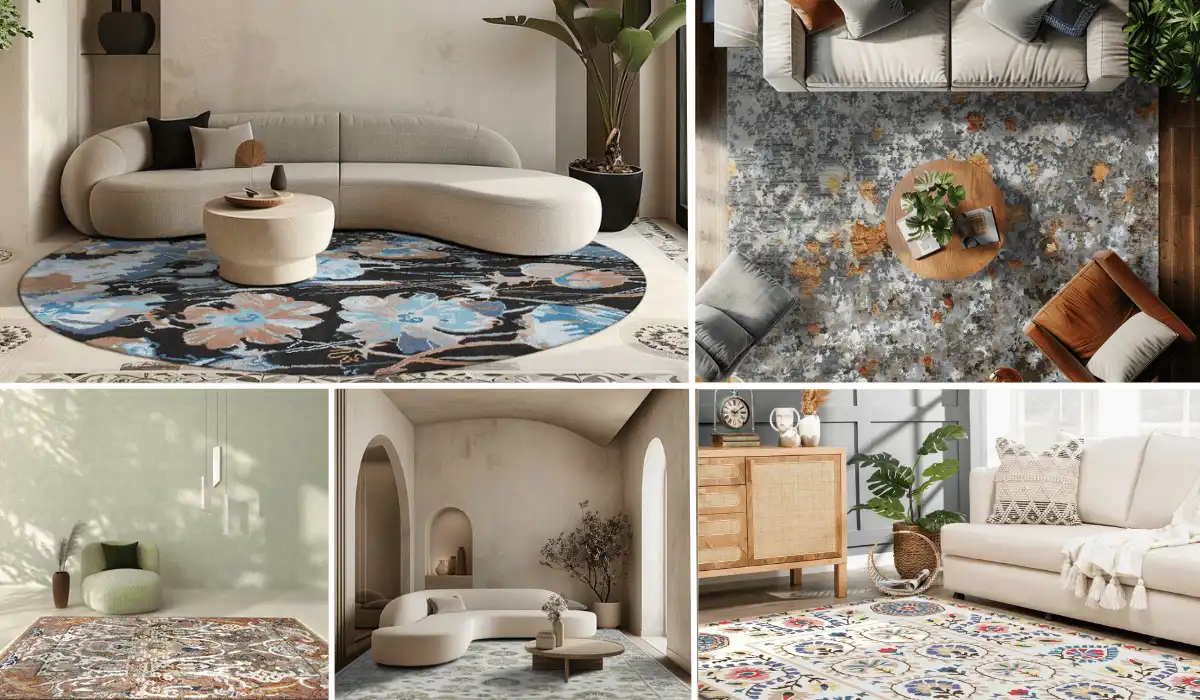Gohemp Agroventures promotes plant-based building materials. It helps in bridging the gap between architecture/construction and agriculture. Polluting construction practices and the built environment have become a threat for our livelihood. “If we can change the way you think about buildings, maybe what you build will change the world.” Rightly stated by Late. Dr Prem C Jain, father of the green building movement in India. Abiding by his principles, Gohemp Agroventures established in 2018, aims to bridge the gap between architecture/construction and agriculture. The company plans on doing so by promoting plant based building materials. Co-founded by Gaurav Dixit, Hardik Jain, Namrata Kandwal, Deepak Kandwal and Priyank Jaiswal, the company is growing and extending collaborations with architects, clients, innovative farmers and entrepreneurs.
“We grow our food, we grow our clothing, we grow our medicines, and we also grow our building material.” – Gaurav Dixit, Co-founder Gohemp Agroventures
The research for hemp based materials began in 2017, while the founders were still practising architects in Delhi. The environment depletion and climate crisis, made them realise the urgent need for sustainable and healthy building materials as an informed choice for clients. Challenges thus became the steps to growth. Legalities associated with hemp, raw material collection and processing, mechanization of processes, and bringing the material into mainstream construction industry by awareness, commercial production, standardization and listing in schedule of rates were some of them. Gaurav says, “We have also trained a small team and made them comfortable with the material apart from establishing an in-house hemp processing facility to fulfil our need for the processed raw material.” A startup recognised by the Government of India, Gohemp aims to be a global leader in the hemp based growable building material segment.

We have trained a small team and made them comfortable with the material apart from establishing an in-house hemp processing facility to fulfil our need for the processed raw material.
Tossed about carelessly, is the concept of sustainability in construction. With the environmental crisis continuing to mount, the design world will undoubtedly focus on a sustainable, eco-friendly and vernacular approach. Gaurav voices, “Native designs are not created on drafting boards within a deadline; rather they evolve and grow organically with time just like a plant, adapting to the surroundings. Vernacular architecture addresses the context in terms of climatology, building comfort, material efficiency, environmental impact and cost effectiveness. We believe that vernacular architecture is not a dead past; rather it is alive. Whatever conscious interventions we do in it, add to its library.”
Hemp is rapidly making a comeback in commercial agriculture providing raw material to food, shelter, clothing, well-being and energy industries. Many countries are already working on massive scale hemp production to boost their growth sustainably. It also helps them cope up with the economic downfall they have faced due to the pandemic.
Gaurav states, “India is also picking up, with Uttarakhand being the first state to make industrial hemp policy, followed by Uttar Pradesh. Other states like Himachal Pradesh,Madhya Pradesh, Karnataka, Punjab, etc are also working upon it and in the coming few years with the rise in licensed hemp cultivation, the crop residue will be a useful resource for sustainable construction and if not utilized wisely it will pose a similar threat like parali, quickly becoming one of the highest biomass producing crops causing pollution. Similar to hemp there are other crops which can be utilized in ecological construction like bamboo. Growable materials are definitely the future of construction.”

Gohemp has undertaken a demo building called “The Himalayan Hemp Eco village project” conceptualized to be a homestay. The project sits in the lap of Himalayas in Yamkeshwar block of Pauri Garhwal. The building will provide an immersive experience of staying in a hemp structure. It allows people to enjoy the serene life in the Himalayas. The building conceptualizes itself to be self-sustainable. It is also zero energy in terms of its embodied as well as life cycle values. Solar panels placed on the rooftop will make it self-sufficient in the energy requirements. Rooftop rainwater harvesting as well as waste water management attempts to improve the acute water shortage on the site.
The building is conceptualized to be self-sustainable and zero energy in terms of its embodied as well as life cycle values. We wish to encourage youth to live a life close to nature with all the modern comforts at the same time creating a zero-carbon impact on mother earth.
The load bearing walls incorporate locally quarried stone using mud mortar. Here the firm obtains mud from site excavation and quarries the stone nearby. Construction of non-load bearing monolith hemp walls uses recycled Sal wood as the structural framing component. The bathrooms incorporate hemp lime blocks, testing their performance in a wet space. Interior and exterior plasterwork uses either a hemp fibre reinforced lime mix or a hemp fibre reinforced clay mix. The sloping roof has a metal sheet on top of the wooden frame instead of traditional slate tiles. Slate tiles are not locally quarried and modern masons lack the traditional know-how of the material.
To deal with the heat gain in summers, and heat loss in winters, the firm uses a low-density hemp lime mix as insulation. This thus protects the inner space from thermal differences. It also insulates the space from sounds of rain and hailstones during harsh weather. Hemp bio aggregate lime concrete is a versatile mix. The firm recommends altering the ratio of hemp lime to reach various strength versus insulation ratio. It can therefore adapt to the climatic requirements, getting the desired insulation and strength in the blocks or cast in situ mix, or insulation mix.
Gaurav expresses, “We wish to encourage youth to live a life close to nature with all the modern comforts at the same time creating a zero-carbon impact on mother earth. This project is an effort to create a green building where zero waste is generated during construction, as well as during its lifecycle.” With the Himalayan Hemp Eco village project, the firm is optimistic for a pan state success with support from Uttarakhand Government and Central Government.
Gaurav further adds, “Hemp based building materials are made from waste of hemp fibre processing. Many textile giants are exploring the hemp fibre sector including the Aditya Birla Group. The construction industry will follow the growth of the textile industry and perhaps in 3-5 years hemp based building materials will be seen in mainstream construction. We have also partnered up with the Ministry of Housing and under the ASHA India program we are committed to make this technology available to common man in the country.”
Discussing the trajectories for hemp products, Gaurav concludes, “Currently we are working on various mixes of hemp bio aggregate lime concrete which is a versatile material and could be used to make building blocks, monolith walls, wall plasters and building insulation. Hemp interlocking blocks eliminate the need of binder, water and speed up the construction process. Similarly, utilization of robotics in hemp based 3D printed buildings is a near future. Fungus based materials like mycelium are also potential future products which will make it 100% growable.”
Native designs are not created on drafting boards within a deadline; rather they evolve and grow organically with time just like a plant, adapting to the surroundings. Vernacular architecture addresses the context in terms of climatology, building comfort, material efficiency, environmental impact and cost effectiveness.
Gohemp Agroventures
Visit: www.gohemp.in
Email: gohemp.in@gmail.com
Contact: +91 9319382314
Biltrax Construction Data is tracking 17000+ projects on its technology platform for its Clients. Email contact@biltrax.com to subscribe and generate business leads.
Discover more from Biltrax Media, A Biltrax Group venture
Subscribe to get the latest posts sent to your email.
























